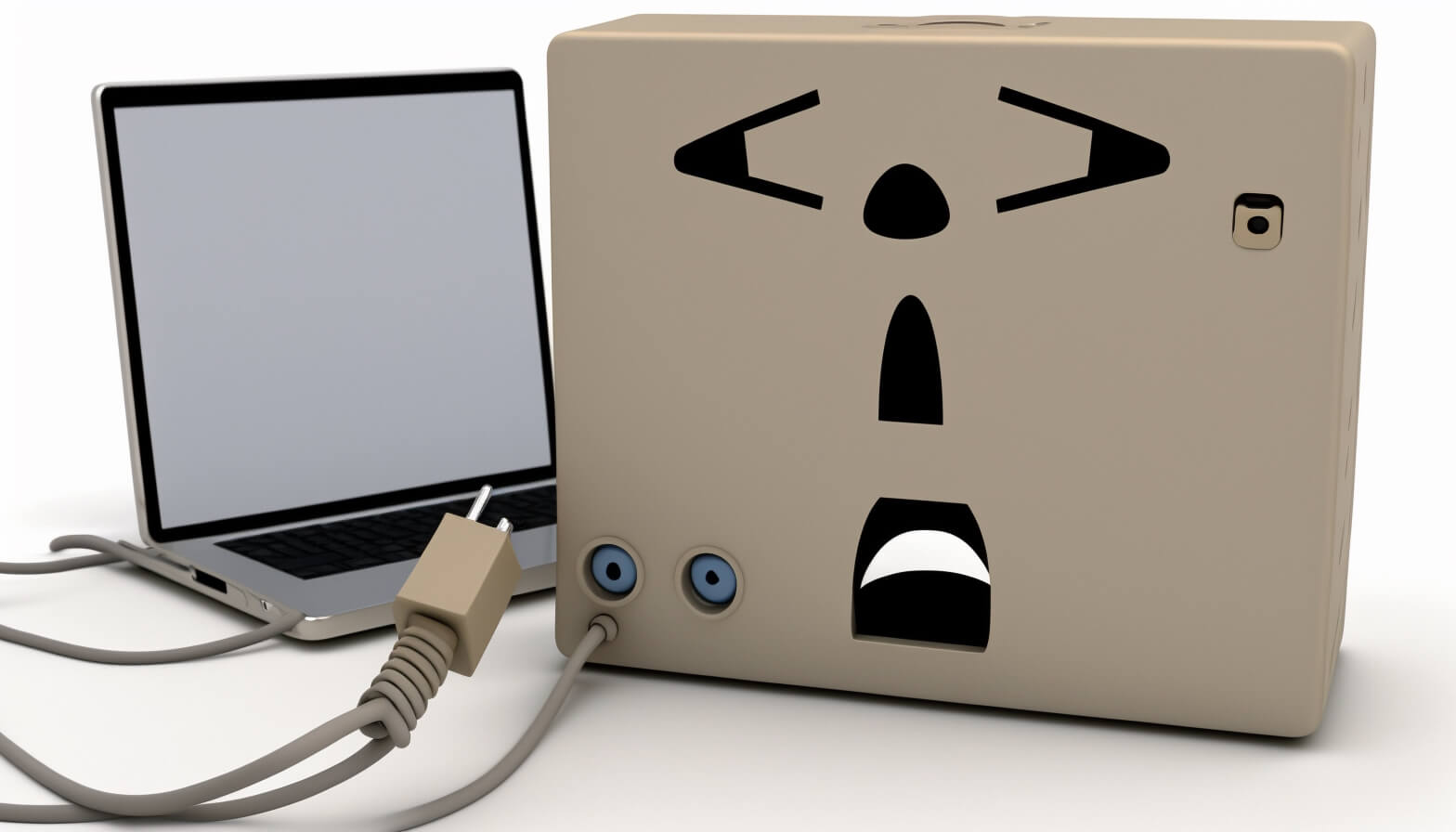
Reverse Proxies And Forward Proxies
A proxy is a server that acts as an intermediary between a client and another server, such as a web server. There are two main types of proxies: forward proxies and reverse proxies. In this article, we will explore the differences between these two types of proxies and their use cases.
What is a Forward Proxy?
A forward proxy is a proxy that sits between a client and the internet. When a client makes a request to a web server, the request is sent to the forward proxy first. The proxy then forwards the request to the web server, and the web server sends the response back to the proxy. The proxy then forwards the response to the client. Forward proxies are often used to control access to the internet, cache commonly-requested content, and mask the client's IP address.
What is a Reverse Proxy?
A reverse proxy, on the other hand, sits between a web server and the internet. When a client makes a request to a web server, the request is sent directly to the reverse proxy. The proxy then forwards the request to the web server, and the web server sends the response back to the proxy. The proxy then forwards the response to the client. Reverse proxies are often used to load balance web traffic, provide SSL termination, and act as an authentication gateway.
Forward Proxy Use Cases
- Anonymizing web browsing: by masking the client's IP address, a forward proxy can help protect users' privacy and security.
- Content filtering: forward proxies can be configured to block certain types of content, such as adult websites or social media.
- Bandwidth management: by caching commonly-requested content, a forward proxy can reduce the amount of bandwidth used by a network.
Reverse Proxy Use Cases
- Load balancing: a reverse proxy can distribute incoming web traffic across multiple web servers, helping to ensure that no one server is overwhelmed.
- SSL termination: a reverse proxy can handle SSL encryption/decryption, allowing web servers to focus on their core tasks.
- Authentication gateway: a reverse proxy can handle authentication for a web application, allowing the web servers to focus on handling authorized requests.
Conclusion
In summary, forward proxies sit between a client and the internet, while reverse proxies sit between a web server and the internet. Both types of proxies have their own unique use cases and can be used together to provide a secure and efficient web infrastructure. It's worth mentioning that some software can act as both forward and reverse proxy simultaneously, like Nginx, Caddy and Apache. It depends on the configuration.

What are HTTP and HTTPS Proxies?
HTTP and HTTPS proxies are commonly used in the world of web browsing and internet access. While both types of proxies serve similar purposes, there are a few key differences between them

Parental Control At Home Using Proxy
Parental control is a crucial aspect of raising kids in today's digital age. The internet can expose children to inappropriate content and put them at risk of encountering cyberbullying, harassment, or worse. To keep children safe online, many parents use parental control software, which blocks certain websites or limits access to the internet altogether. However, these solutions can be circumvented or defeated, leaving children exposed to harmful content. A proxy server is a powerful tool that can be used to enhance parental control and protect children online

Choosing Proxies For Sneakers
When it comes to buying sneakers, you need to be quick, and the right proxies can help you achieve this. Proxies are essential in securing a sneaker purchase online, especially for popular releases that can sell out in minutes. In this article, we will discuss the factors you should consider when choosing proxies for sneakers, so you can improve your chances of getting your desired sneakers.

Managing Multi Accounts with MiaProxy
Managing multiple accounts on various platforms can be a daunting task, especially when it comes to maintaining the anonymity of those accounts. This is where a proxy comes in. A proxy allows you to access the internet through a different IP address, thus masking your actual location and making it appear as if the accounts are being managed from different locations

How Decentralized Residential Proxy Works?
A decentralized residential proxy is a new way of providing proxy services that utilizes peer-to-peer technology. Instead of relying on a central server, a decentralized residential proxy network is made up of multiple nodes, or individual devices, that work together to provide proxy services. This allows for a more robust and resilient network, as there is no single point of failure

